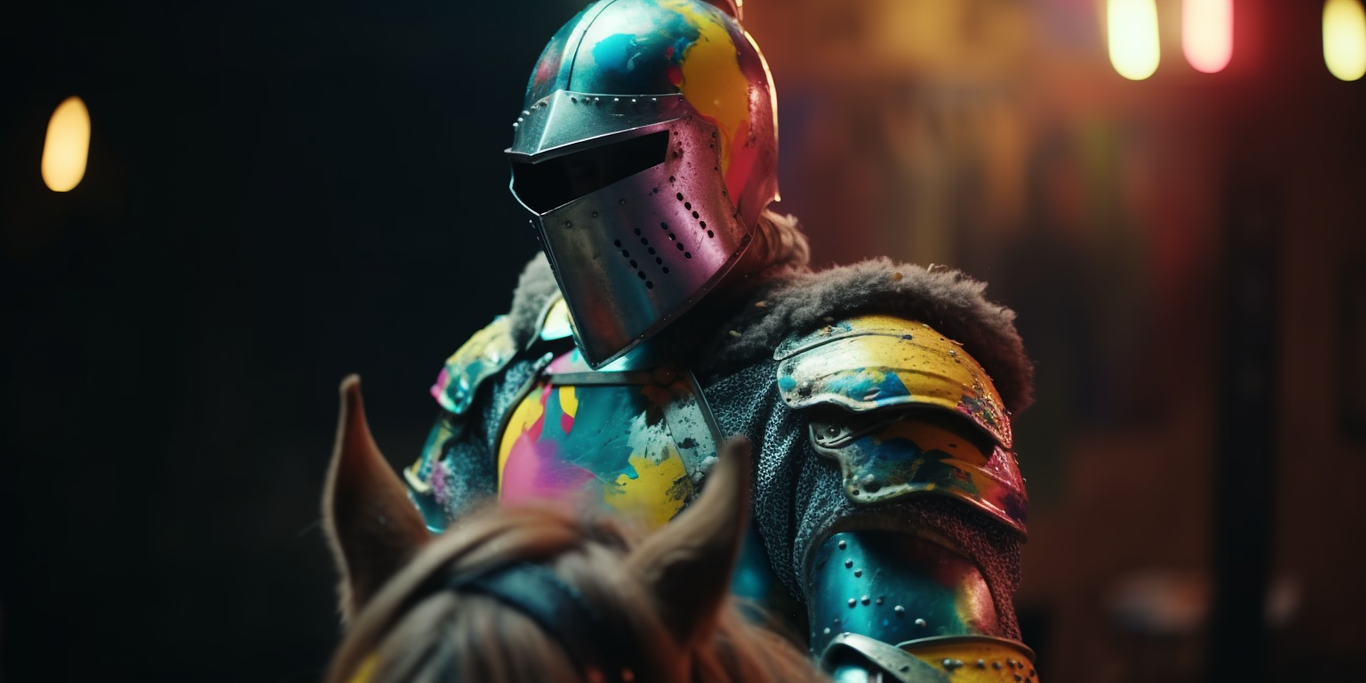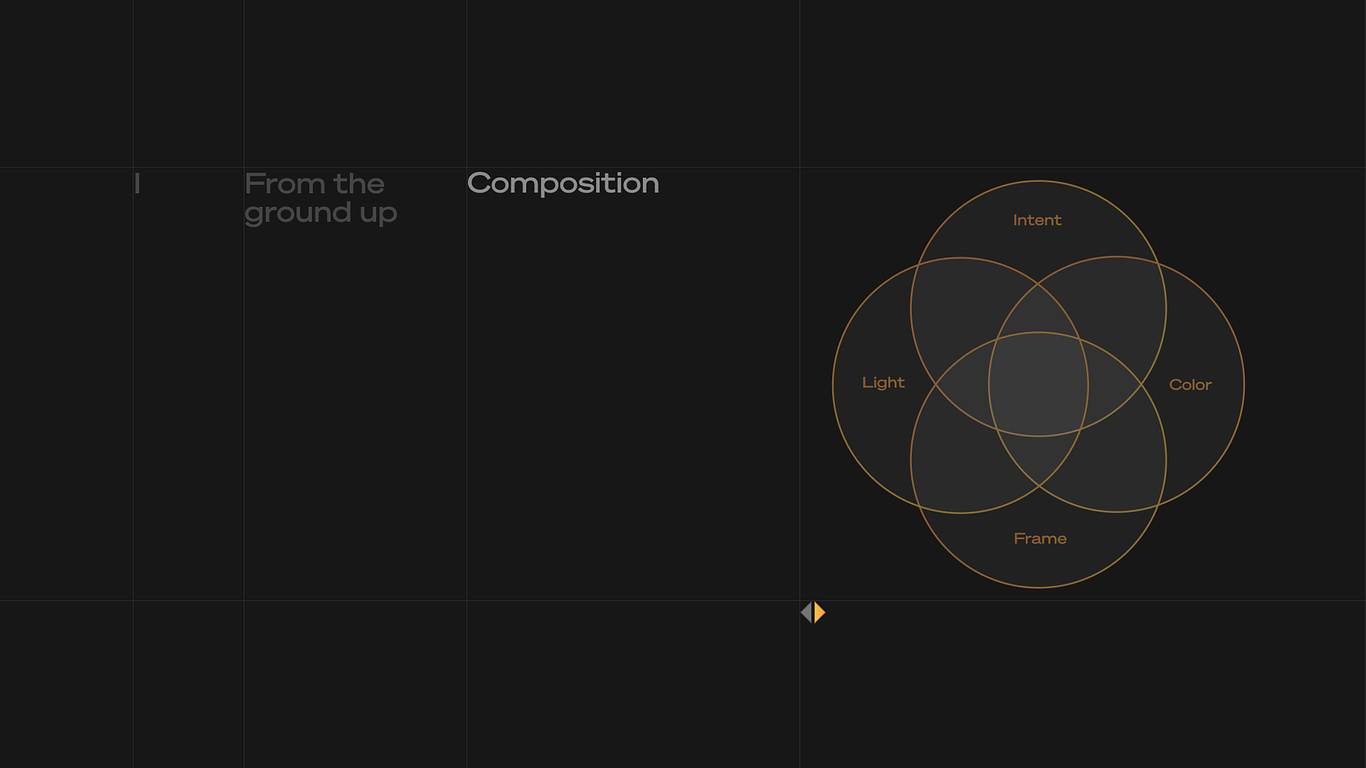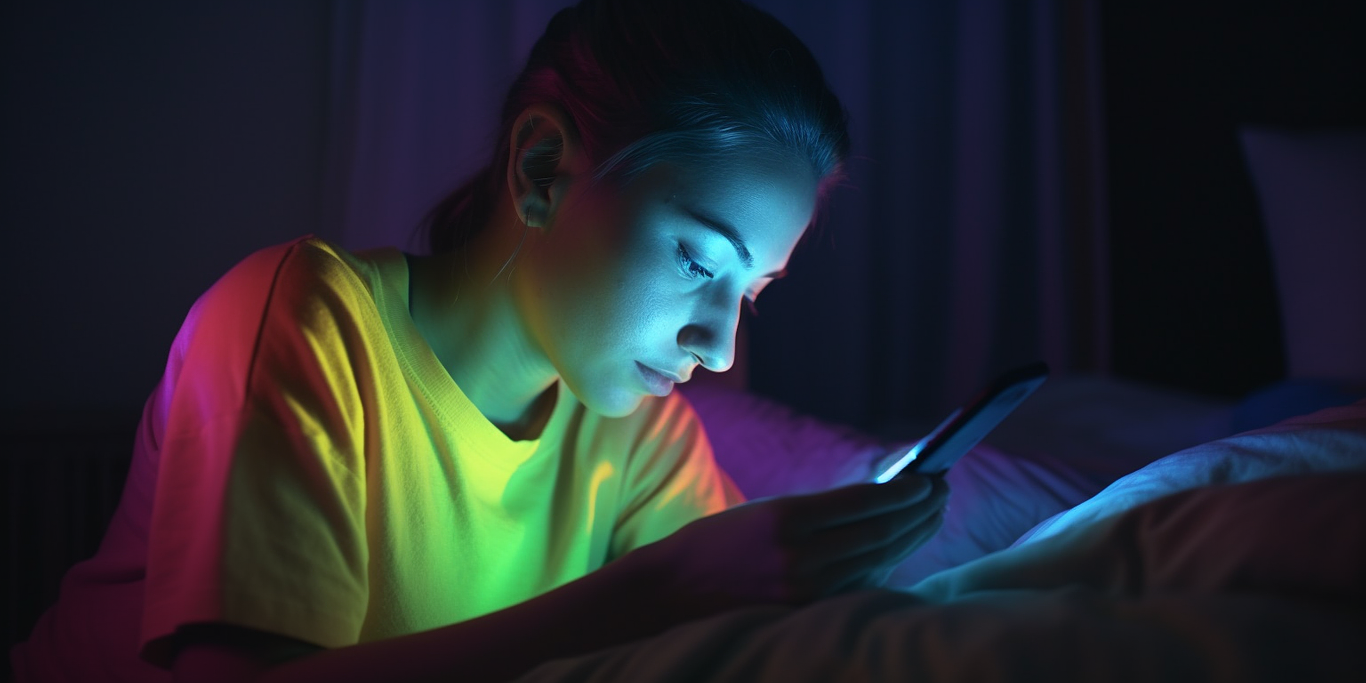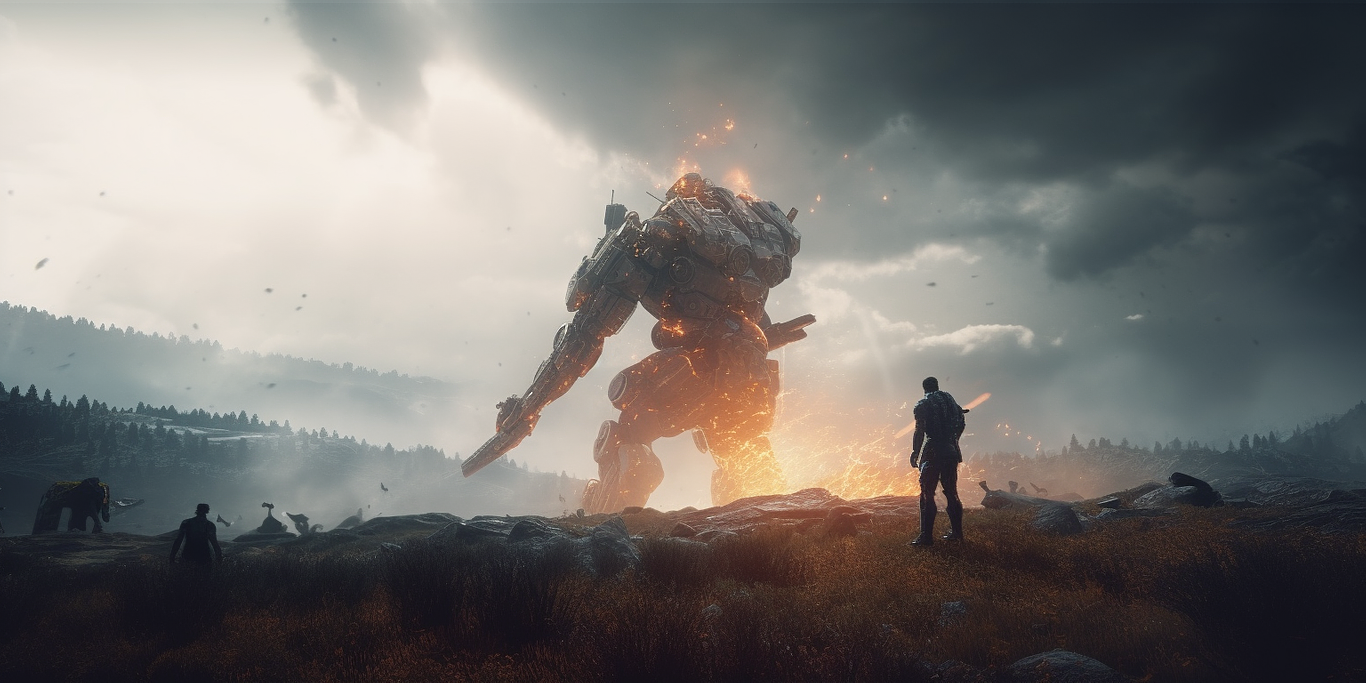
Business In Archviz
5 reasons why AI might make archviz more boring than it already was
AI has been a hot topic lately for a variety of reasons, and I have to admit that it has been on my mind for a while. However, my thoughts on the subject differ from what most people are discussing, at least based on the threads I have read. While I use AI tools daily in various aspects of my work and find it to be an intriguing technology that raises philosophical and phenomenological questions, I am also troubled by how AI-generated images have intensified some negative trends in the archviz industry.
These trends have existed for some time, predating my entry into the market, but others have surfaced more recently, and some are the direct result of AI implementation. I am not interested in discussing the typical fears people have regarding AI, such as copyright and job loss, but rather the more subtle and insidious tendencies that have developed over the past few months.
Nonetheless, since the AI landscape is constantly evolving, my concerns may dissipate within three months or, on the contrary, become fully realized. Only time will tell.
These trends have existed for some time, predating my entry into the market, but others have surfaced more recently, and some are the direct result of AI implementation. I am not interested in discussing the typical fears people have regarding AI, such as copyright and job loss, but rather the more subtle and insidious tendencies that have developed over the past few months.
Nonetheless, since the AI landscape is constantly evolving, my concerns may dissipate within three months or, on the contrary, become fully realized. Only time will tell.
1. Too many images dude
AI tools such as MidJourney or StableDiffusion have made it effortless to generate images, and it can be easy to become engrossed in the satisfaction of creating another masterpiece by simply prompting another /imagine. While the process of building a 3D model, framing, lighting, and coloring can be slow and meditative, even with the increasing efficiency and simplicity of rendering engines and the infamous "render button," generating AI images can be incredibly speedy.
However, there is one side effect that I have noticed: the rise of spamming on social media platforms. Rather than seeing a curated set of one to three high-quality images by artists every few days or weeks, we are now bombarded with carousels of ten or more images on an hourly or even daily basis. Sadly, the vast majority of these images are not even that good in retrospect.
Maybe I'm too conservative, but I find my enthusiasm for people posting thirty images per day of their "work" to quickly vanish and turn a "nice!" into "Ok we get it, can you actually do original work now instead and focus?".
It's already hard to keep up with feed algorithms that tend to not send you what you're interested in, but when the traffic grows suddenly because of all that junk, it almost becomes a full time job to even get value from your feed (assuming this is something possible in the first place).
2. The waning art of culling
When creating images manually, it's important to cull through the ideas and separate the good ones from the bad. Not all ideas work together, and not all of them are worth pursuing until completion. Clients can sometimes become overzealous and request numerous images when fewer would make a more significant impact.
However, AI-generated images are changing this process by providing an abundance of "good potential images." Despite this, there is such a thing as too many images, particularly when there is no consistency in the design due to most AI algorithms struggling to handle this aspect effectively.
On top of that, building your communication around nicely curated images is generally more powerful than flooding your viewers with half-assed imagery in the hope that some will stick.
It's akin to watching a movie with too many subplots, leaving the viewer unsure of the director's intent and without any strong, coherent ideas emerging.
3. Why are you outsourcing the fun part?
One thing that still boggles me and that seems to infect both artists and architect is this new tendency to outsource the design process. Stupid me, but when I encounter an AI that can perform various tasks quickly and efficiently, my immediate thought is to automate and minimize the time I spend on menial tasks, rather than outsourcing the very creativity-based step in the process of making an image. Why be in a creative industry if you don't enjoy doing the creative work and would rather have a robot doing it for you?
I still hold onto the romantic notion that every project, no matter how simple, is unique and deserving of a distinct approach. Of course you will always rely on some references here and there, but those have been gathered over the years and tailored to your taste and style. Giving this major step to an AI is the surest way to end up with a perfectly homogenous archviz look and feel in the next few months. Although we can argue that 99% of the archviz on the market looks the same already.
4. Fundamentals are overrated I guess
In recent years, the simplification of the process of making images on the technical side (default settings + press render + ready-made assets = decent image), resulted in a significant increase in the number of people entering the market.
While this is generally positive, it has also fed an already existing obsession with photorealism at the expense of good composition. Many artists today lack a deeper understanding of what constitutes a good image.
Unfortunately, AI is unlikely to solve this issue. While to the untrained eye, AI-generated images may appear impressive, those with a deeper understanding of visualization will recognize that the vast majority are quit underwhelming. They may be realistic and have a tactile quality, but they more often than not rely on formulaic compositions that have been used for years.
I was actually editing this article and came across a comment on a video that encapsulates perfectly this misconception and makes me very pessimistic of the future of the already started trend : "[with the proper implementation of AI] everybody could be a professional archviz artist without having to have any understanding of photography whatsoever". Well, on top of the fact that making renderings is not akin to making photographs except if you take it in its most limited and boring sense, how can you judge if an image is good or not if you don't have knowledge of the fundamentals? How can you choose between the many iterations the AI will generate?
The answer is you can't, or you would have to trust the AI itself to then cull the images it's created. Again outsourcing the core steps of image crafting to an algorithm you don't really understand.
And without proper knowledge of the fundamentals, how would you even prompt properly the image that the project needs since you wouldn't know how to translate architectural concepts and ideas into imagery? I guess we'll ask ChatGPT...
This downward trend opens the door to mindless and undifferentiated visualizations flooding the market.
5. Social media logic turned to 11
Over the past few years, I've grown increasingly cautious of social media. Despite having an Instagram account, I've automated everything on it because I find browsing my feed to be more draining than inspiring. As for my LinkedIn account, I barely use it and every time I spend five minutes scrolling through it, I'm confronted with everything I dislike about the corporate environment and pretense (why do I bother posting here then? well, exposure, like everybody else, and also feedback because I still have hope in that regard).
My hypothesis was, and still is, that social medias, in general, are detrimental to creativity. There are several reasons for it, but one for sure is that the goal of Instagram is not to inspire you. It's to keep you captive, doomscrolling, liking posts like Pavlov's dog ringing his little bell. Whether you derive any value from it is inconsequential to the business model of these platforms, as it has no impact on the revenue generated.
Although one could argue that the case of AI is different, the nature of the process is similar to the small dopamine rush that one experiences while scrolling through social media. It's quick and never-ending. Therefore, I believe that (for now) text-to-image AI models do not typically encourage a creative approach, and upon examining the majority of images generated, it's clear that they are often lackluster. While they may be marginally more realistic, they typically participates in this overflow of content that current algorithms ask for, thus accentuating the ever shortening of attention span of viewers.
Bonus : why is my client as lazy as I am?
"Less is more" they say. And yet I'm worried that the ease of content creation may prompt clients to prioritize quantity over quality (more than they might do so already I mean). Even the best AI-generated image loses its punch if you put it next to 10 others to explain your idea.
Instead of relying on a few striking images that showcase the strengths of their designs, they may opt to sell their projects with dozens of average standardized AI-generated images that lack originality and meaning. This trend would perpetuate a cycle of producing a vast number of images without consideration for coherence or message, resulting in a disorganized jumble masquerading as marketing, thus degrading both the quality of the archviz market as well as the architecture market altogether.
As mentioned earlier, despite my negative views on AI's recent impact on creativity gathered in this small article, I firmly believe that AI, like any tool, can significantly aid many aspects of our work process and potentially allow us to produce more innovative and valuable work. So far it has proved very useful in my own workflow and I'm only scratching the surface. I know there are some artists out there that are leveraging their own creativity with AI to reach new ways of communicating visually and that are deliver outstanding work. It's just that for the most part, the opposite is happening.
My concern is not that AI will take over our jobs, but rather that most artists seem to have already surrendered their creative control to an AI they cannot truly govern (for now most artists are too lazy to train their own model and instead rely on readily-available ones).
Similar to Clifford D. Simak's depiction of humanity's violence in the closing sentence of "City", what I see is humans endlessly scrolling through AI-generated images crafted for AI-run social medias, resulting in a somewhat ironic predicament.
You must be logged in to post a comment. Login here.
About this article
AI will bring a lot of benefits to the archviz industry... or not. In this article I cover the 5 main concerns I have regarding the use of AI in the archviz industry and the potential insidious consequences it can have on the industry as a whole.
visibility332
favorite_border0
mode_comment0









